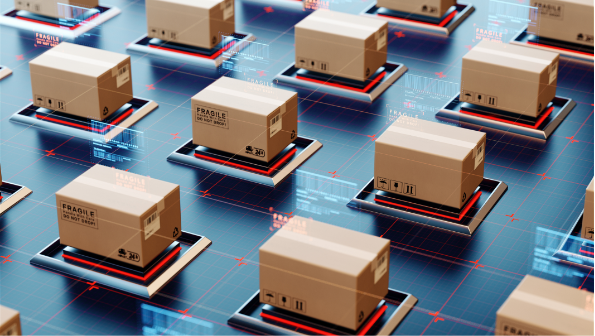Putting the Supply Back into the Supply Chain
February 18, 2016
Supply and demand: it’s economics 101. Too much supply and you’re left footing the bill for excess product. Too much demand and you’re wasting opportunities. The trick is to match the two for optimal business. And this is exactly what the supply chain has focused on for decades – delivering the right products to meet demand.
And just as business problems occur when one far exceeds the other, the supply chain experiences pain when the focus is too heavily on either demand or supply. Lately, there has been an overemphasis on demand.
That’s not completely surprising given the priority many businesses are putting on the customer experience. And rightly so. Meeting customer expectations with the current on-trend products they want is a sound strategy to grow business. As a result, the industry has put what could be a disproportionate focus on understanding consumer demands.
This is being enabled by predictive analytics. Businesses are increasingly identifying trends to understand both seasonality patterns as well as real-time consumer habits. Smart retailers, for example, are reacting quickly to consumer interest in that pop star’s cool dress at the Grammy’s, for example. Or stocking the supermarket shelves with the latest health food craze, be it kale chips, pomegranate juice or red quinoa.
But understanding and even anticipating demand is only half of that basic economic equation. There is no way to monetize this knowledge without adequate supply. And this is exactly where the retail battle is heading. Optimizing inventory.
Amazon customers in New York City can get same day delivery on many items, sometimes within a few hours. A popular clothing retailer in Europe is said to knock off a fashion trend and stock their shelves within a week. They are accelerating the supply chain cycle and reaping huge benefits. And this is due to their focus on inventory. They don’t call it the supply chain for nothing.
We’ve just released our Inventory Optimization Value Matrix showing a clear move among leading vendors toward better features in both accelerating the cycle and reducing overstock. Again, analytics is enabling this.
But where predictive analytics are giving retailers and manufacturers better insight into demand, its prescriptive analytics that is driving inventory optimization – the supply side of this. Predictive analytics looks ahead to anticipate demand. Prescriptive analytics simulates potential outcomes with insight on what to do next. In other words, where do we need to stock up on chocolate bunnies for Easter and how many is too many? Do we have enough sneakers in Oklahoma to support that NBA All-Star promo featuring MVP Russel Westbrook?
To be clear, I’m not advocating less attention on the customer experience or understanding the demand side. That’s a given now and if anything, increase your efforts. But also increase your attention on supply and inventory optimization. That’s the great challenge for retailers today – keeping paces in an increasingly competitive environment. It’s all about analytics – predictive and prescriptive.